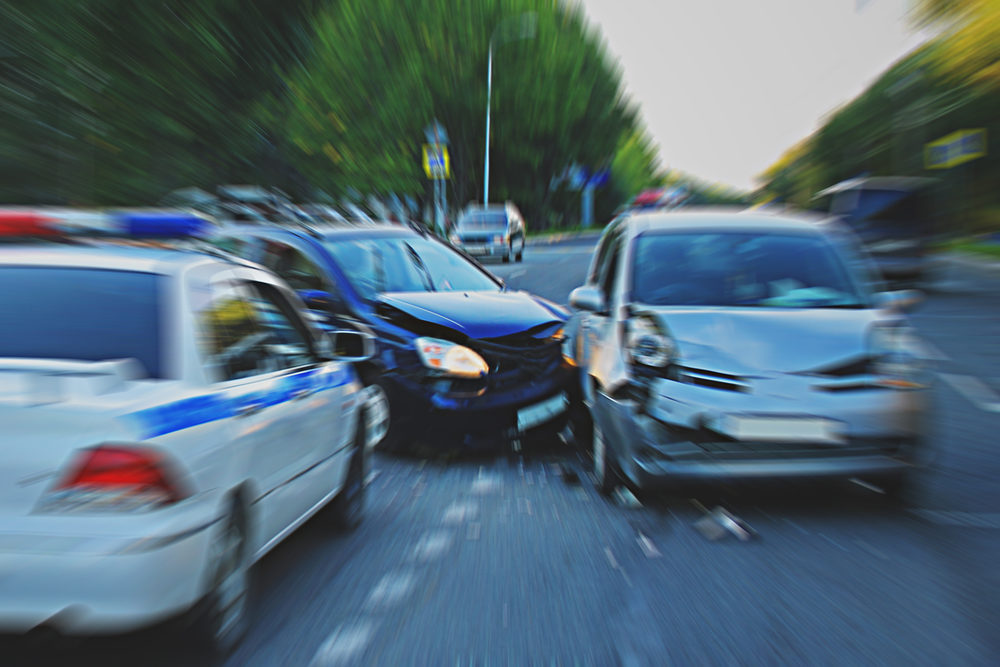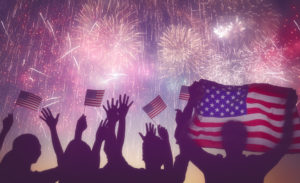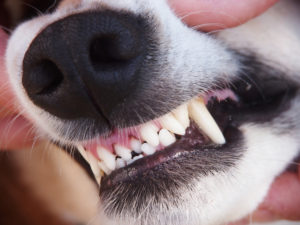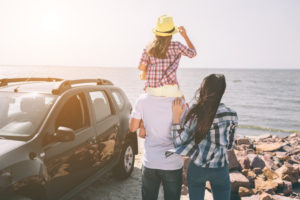
Secondary vehicle accidents, also known as secondary collisions, occur as a result of an initial vehicle accident. These subsequent accidents can happen due to a variety of factors and circumstances, and the results can be tragic.
Pursuing damages for secondary accidents can be complex because there is often the question of determining which party is liable and may even involve multiple at-fault parties. This is why it is important to have a Norfolk car accident lawyer advocating for you.
The following are some of the most common reasons why these incidents occur.
Chain-Reaction Collisions
One common cause of secondary accidents is chain-reaction collisions. This occurs when multiple vehicles are involved in a series of collisions following the initial impact. For example, if a car rear-ends another vehicle, it can push that vehicle into the one in front, setting off a chain of subsequent collisions.
Limited Visibility
In some cases, secondary accidents occur due to limited visibility caused by smoke, fog, heavy rain, or other adverse weather conditions. When drivers cannot see clearly, they may fail to notice the stopped or slowed vehicles ahead, leading to a secondary collision.
Distracted Driving
Driver distractions, such as texting, talking on the phone, eating, or adjusting vehicle controls, can contribute to these incidents. If a driver involved in the initial accident becomes distracted and fails to maintain control of their vehicle, they may collide with other vehicles or objects, causing a secondary accident.
Rubbernecking
Rubbernecking refers to the act of drivers slowing down or diverting their attention to observe an earlier accident or other roadside incidents. This behavior can lead to secondary accidents as drivers become more focused on the accident scene rather than the road ahead, increasing the risk of collisions with other vehicles.
Reckless Driving
Secondary accidents can also result from reckless driving behaviors, such as excessive speeding, aggressive maneuvers, or disregarding traffic signals. When drivers fail to exercise caution or follow traffic rules after the initial accident, they increase the likelihood of secondary collisions.
Impaired Driving
If a driver involved in the initial accident is under the influence of alcohol or drugs, their impaired judgment, decreased reaction times, and compromised coordination can contribute to secondary accidents. Impaired drivers may swerve, lose control of their vehicle, or fail to notice hazards on the road, leading to further collisions.
Determining Liability
In cases of secondary car accident injuries, determining liability can be complex. Secondary car accidents occur when a subsequent collision happens as a result of an initial car accident. These accidents can cause additional injuries to individuals who were not directly involved in the initial collision. The question of who is liable depends on various factors and circumstances surrounding the incident.
The primary factor in determining liability is establishing negligence. If the driver responsible for the initial car accident acted negligently and their actions directly led to the secondary collision and subsequent injuries, they may be held liable for the resulting damages. Negligent actions can include speeding, distracted driving, or running a red light.
Liability may also extend to other parties who contributed to the secondary car accident injuries. This may include the manufacturer if a defective part or mechanical failure contributed to the accidents. If poorly maintained roads, inadequate signage, or hazardous road conditions played a role, the entity responsible for road maintenance or the government agency overseeing road infrastructure may share liability.
Contact a Virginia Personal Injury Attorney
Determining liability for secondary car accident injuries requires a careful examination of the circumstances and gathering of evidence. This typically involves reviewing police reports, witness statements, medical records, and expert opinions. It is essential to consult with a skilled Norfolk car accident attorney who knows how to navigate the complexities of the case and protect the rights of the injured party.
If you’ve been injured in a crash, contact Shapiro, Washburn & Sharp to schedule a free case evaluation to find out how we can help.
RELATED CONTENT
- Chain Reaction Crashes
- How to Deal with Your Insurance Company on a Chain Reaction, Multi-Car Accident in Virginia
- Best Guide to Car Accident Injuries in Virginia

For over twenty years, Mr. Sharp's law practice has focused on serious personal injury claims, including traumatic brain injury and spinal cord injury claims. He also handles nursing home neglect cases and medical malpractice claims. Mr. Sharp has counseled numerous clients about the complexities concerning litigation of both pediatric and adult brain injury. Mr. Sharp has been awarded the AV Preeminent ranking by Martindale, the highly respected and widely utilized directory of lawyers throughout the world. AV Preeminent status is awarded only to those lawyers who achieve the highest level of success within the legal field and is a testament to the fact that a lawyer's peers and Judges rank him at the highest level of professional excellence. He has also been recognized as a "Best Lawyer" by U.S. News for personal injury, an accolade awarded to only a small fraction of lawyers. Mr. Sharp has also been recognized by Super Lawyers as one of the top personal injury lawyers in Virginia. This recognition is awarded only to those lawyers who have achieved the highest level of success and have been recognized by their peers as demonstrating the highest level of professional excellence.










Comments for this article are closed.